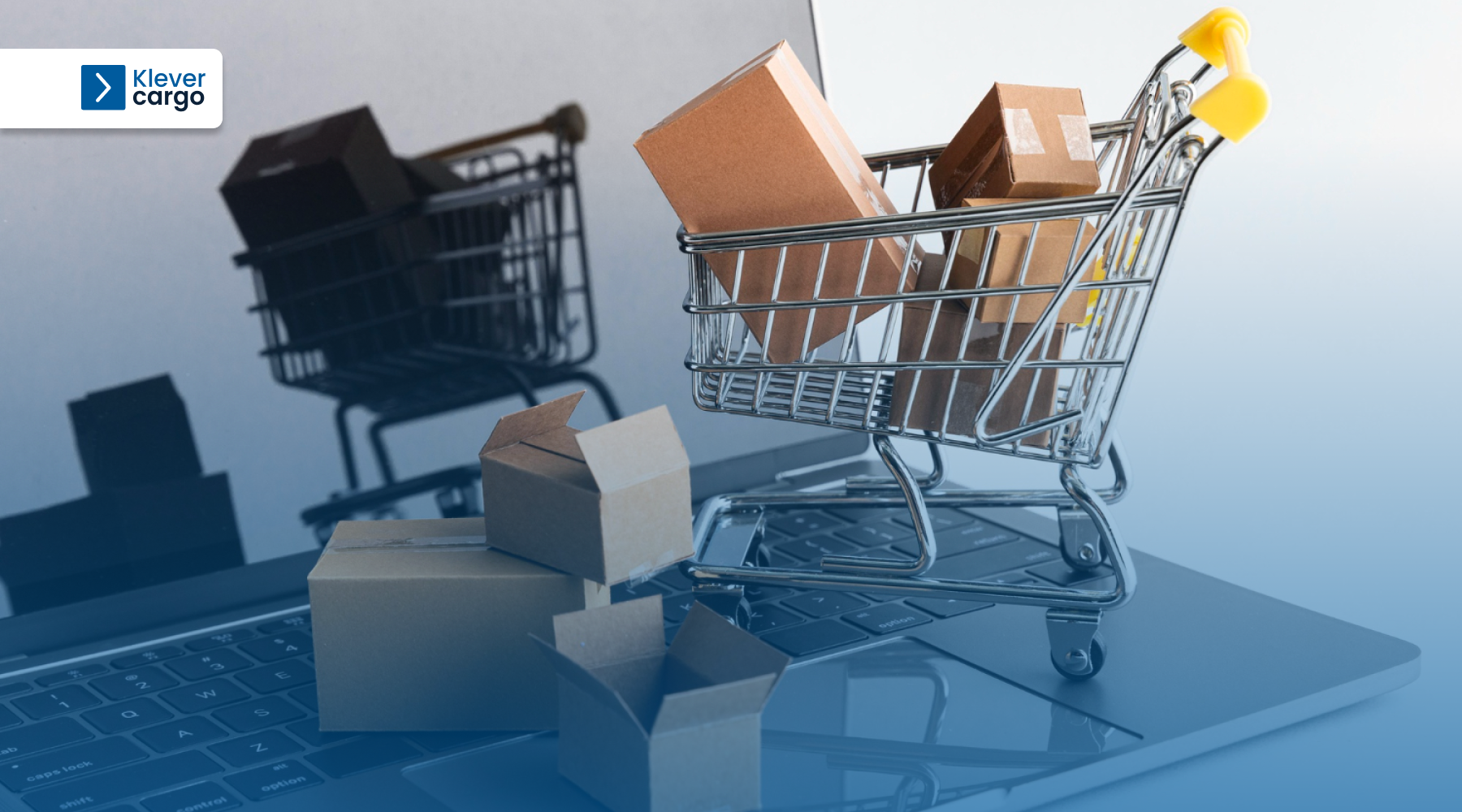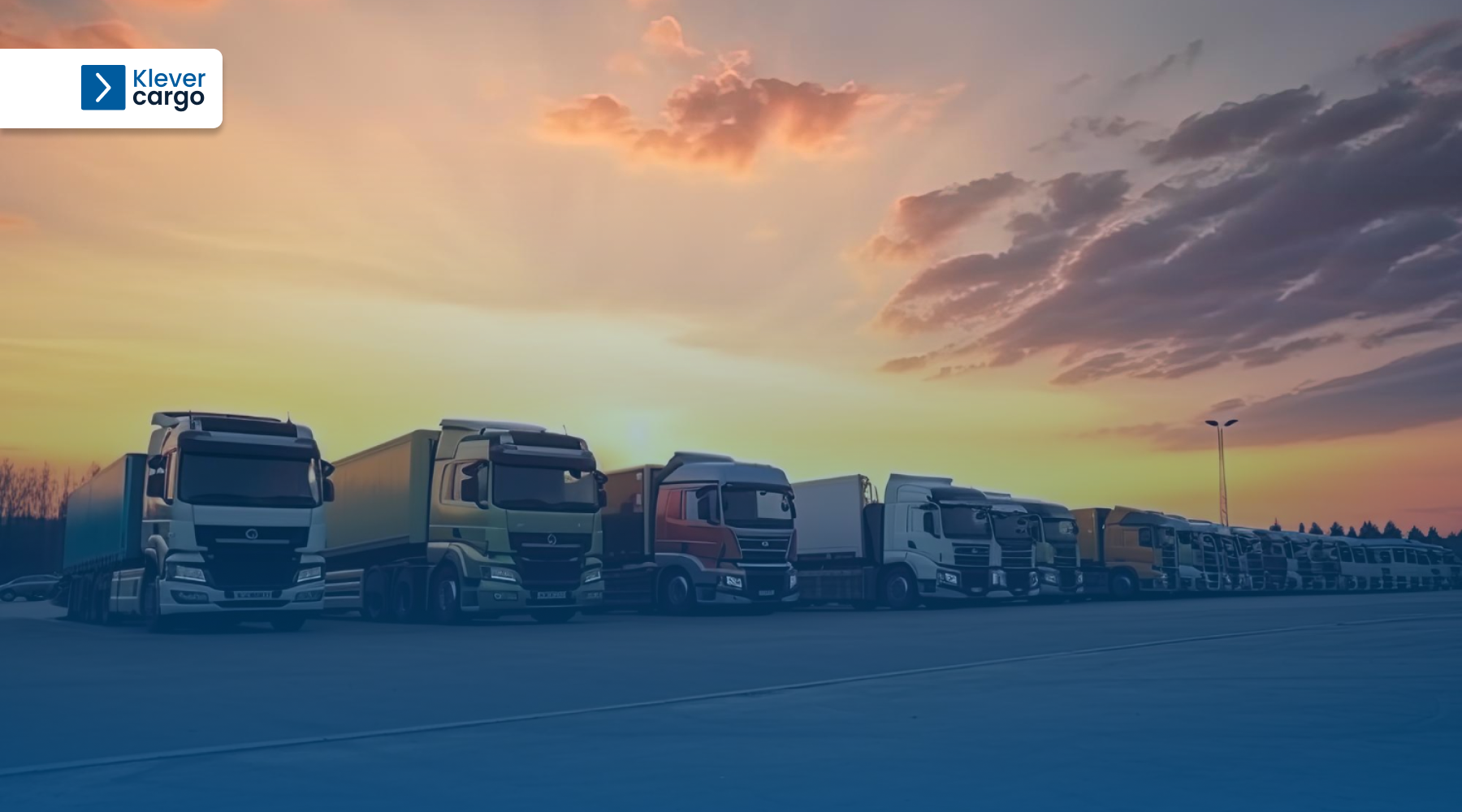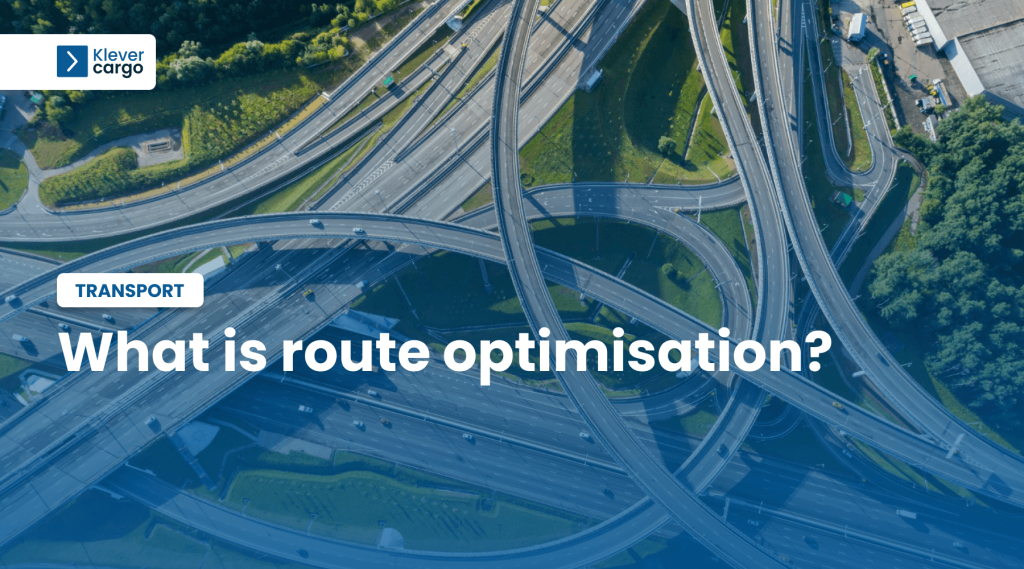In today’s world, the rise of e-commerce has caused a surge in the need for swift delivery services. Transportation is a crucial aspect of delivering goods promptly on a global scale. Line haul is a widely used method for achieving this goal.
Keep reading, as this post will clearly define what line haul means and provide a practical example to aid your comprehension.
What is line haul transportation?

Line haul transportation refers to freight transportation from one place to another. It includes transport by air, water, land and rail. The starting and ending places can be warehouses, ports or cities.
One characteristic of this type of transportation services is that they require defined departure and arrival times. The routes for transportation are fixed, but the freight transported isn’t. It can vary from small items to large palettes of goods. Demanders prefer the better calculable transport offer – it’s what makes scheduled transport operations more attractive.
The process starts with a courier company collecting goods transported from an appointed depot. Goods shipped to the same or similar destinations are grouped at the depot for transport to the next sorting facility. It can also be transported to additional depots if needed. The goods are then sorted and reassembled for further transport to their final destination.
What is a line haul carrier?

As a logistics professional, a line haul carrier is responsible for devising a plan to transport freight efficiently and punctually. These operations involve many interconnected roles, with the role of the carrier being crucial. Fulfilling their obligations is essential for the smooth running of complex operations.
When choosing a line haul carrier, it’s essential to select a carrier with experience in transporting and managing goods that can either be LTL (less-than-truckload) or FTL (full truckload). Also, they must manage time-sensitive goods and fully adhere to SLA (service-level agreement). Additionally, they need to know all about geo-specific laws and regulations.
Line haul charge

This term refers to the cost of transportation. The transportation cost depends on the distance between the starting and ending points. Another factor that affects the price is the total weight of the freight.
However, line haul charges in long-distance transportation don’t include loading and unloading freight costs. Another factor that affects the final cost of transportation is the mode of transportation used. For road transport, mileage is a relevant factor.
Example of line haul

One of the most common examples of line haul that people around the world are familiar with is Aliexpress.
With a vast supply chain network spanning thousands of global locations, people can easily place orders and track shipment status on this platform. To streamline the process, orders are grouped and categorised based on their final destination, which is clear example of line haul. This approach allows for free or low-cost shipping on Aliexpress as packages are consolidated and shipped in batches.
Line haul vs long-haul

These are two completely different concepts. Line haul jobs are regular 9-to-5 shifts where drivers go home at the end of the day. This is an ideal way to move large amounts of goods over long distances.
In contrast, long-haul drivers spend days or even weeks on the road. This type of transportation can result in driver fatigue and increase the risk of accidents. Additionally, long trips are more expensive due to the cost of petrol, food, and lodging.
Common questions

Several questions often arise on this matter – we’ll do our best to answer them for you. By having clear and straightforward answers to these common questions, you’ll be able to grasp the concept entirely.
-
What does in-line haul mean?
This term signifies the status of an order when it’s been taken over by the line haul company. It means the same as ‘received by line haul’, discussed later.
-
What does line haul arrival mean?
It means an order has arrived at the trucker’s hub and is waiting to be transferred to the destination city.
-
What does received by line haul mean?
This term denotes a shipping status of a package. It means that the package has been transferred to a line haul service provider, which is usually a logistics company.
The logistics company transfers the package from the warehouse to the carrier. To illustrate this with an example, the sequence of events is as follows: when an order is confirmed, it’s processed first. The seller moves it to the warehouse, where it’s packed and shipped. From that point, the package is handed over to a line haul company that distributes it further to a carrier’s terminal.
-
Is line haul the same as LTL?
This is a common source of confusion, but there is a difference. LTL is common for deliveries within a city. An LTL driver usually has 10 to 15 stops in his route, and his job is to deliver packages that are each less-than-truckload to multiple people. These kinds of shipments involve many separate shipments transported in one truck.
On the other hand, as we already mentioned, line haul implies sealed truckloads being transferred from terminal to terminal or from warehouse to terminal.
Benefits of line haul transportation

When it comes to line haul transportation, there are multiple benefits to it, such as:
-
Cost saving
The first and essential benefit is the fact that it’s cost-saving. The company that ships packages through a line haul company reduces its shipping costs by waiting for the truck to get filled with packages intended for the same or similar destination.
The truck’s route is quite long and requires picking up multiple packages from other organisations, so they also save warehouse costs. This leads to reduced shipping costs for people making the orders as well.
-
Reduced transit time
Another benefit is the reduced transit time. A line haul carrier can deliver packages much faster than traditional delivery models. That is achieved as carriers constantly assess the shipping process and work on improving and optimising it. Their main aim is to make the delivery faster and to prompt quality along the way.
For instance, one of the things carriers take into consideration is the average speed per delivery. In that way, they can switch to faster roads and routes and save time and petrol money.
-
Increased capacity
Also, line haul transportation implies increased capacity for deliveries. It enables the efficient movement of large volumes of packages over long distances. It’s optimal resource utilisation.
Businesses can leverage dedicated freight networks and specialised carriers to transport substantial loads in a single trip. The increased capacity ultimately translates into enhanced productivity, improved supply chain efficiency, and greater customer satisfaction as goods are transported swiftly and seamlessly from the point of origin to their final destination.
-
Better shipper and carrier connection
This type of transportation also leads to better shipper and carrier connections. This happens as this kind of transportation connects the supply chain through analytics. When communication is at a high level, there are fewer chances for errors. Furthermore, they can understand the transportation process better and improve the delivery processes.
-
Reduced environmental impact
Another significant benefit this type of transportation brings is the reduced environmental impact. As mentioned in one of the previous paragraphs, line haul service providers transport a lot of packages in a single truckload.
Using a platform such as KleverCargo, you can transport your freight safely, optimally and on time and simultaneously ensure that the environmental impact of C02 is reduced.
Keep up with the industry

With the rise of eCommerce worldwide, there is a growing need for transportation solutions that are both efficient and eco-friendly in the supply chain. To guarantee customer satisfaction and seamless operations, supply chain participants are opting for different transportation options.
By registering on KleverCargo, you can secure efficient and timely transportation for your freight. If you offer transport, you can avoid empty runs and find transportation cargo. On the other hand, if you need transportation for your load, you can find a reliable and cost-effective solution on KleverCargo. This platform caters to the needs of both cargo holders and freight carriers.


